Five Tips for a Worry-Free Summer
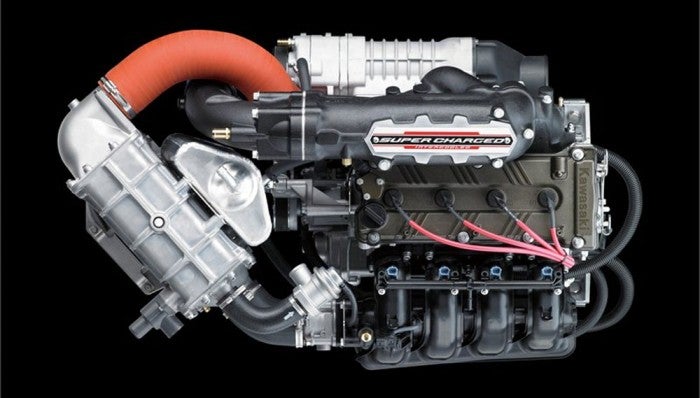
A little preventative maintenance goes a long way
Both summer — and personal watercraft — are supposed to be all about fun. As any PWC owner knows, however, things don’t always go according to plan. Put the odds in your favor this season by following these simple steps:
Maintain Your Battery
Neglecting your battery is the quickest way to end a fun weekend before it even gets started. Properly maintain your battery so it’s ready to go when you are.
In most cases, that maintenance is as simple as keeping your battery fully charged between rides. This ensures it will not only be able to crank over your engine, but also that the battery retains its ability to hold a full charge down the road. Neglect your battery and you open the door to sulfation, the formation of sulfate crystals on the battery’s plates. Sulfation will decrease your battery’s ability to hold a charge, and if not stopped, eventually render the battery useless.
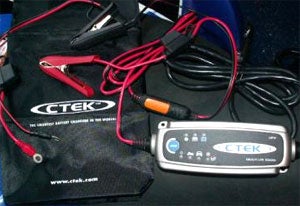 CTEK’s MULTI US3300 Battery Charger has smaller clamps for a better connection and protects against sparks, short circuits, and reversed polarity.
CTEK’s MULTI US3300 Battery Charger has smaller clamps for a better connection and protects against sparks, short circuits, and reversed polarity.Invest in a quality battery maintenance device, like the CTEK MULTI US 3300 Battery Charger. Unlike your generic auto battery charger, they won’t overcharge or overheat — and in turn damage — the battery. They’ll also maintain a steady charge without requiring constant supervision.
Don’t allow corrosion, dirt or moisture to build up on the terminals. They’ll drain power. To clean the terminals, remove the battery from the craft, clean with a solution of baking soda and water, and rinse with fresh water. Once dry, apply a light coat of waterproof grease to protect the terminals.
When it’s time to invest in a new battery, don’t just jump at the cheap price of the average “wet” battery. Newer alternatives include gel, and AGM (absorbed glass mat). They may be more expensive up front, but require less maintenance, are often better suited to the harsh demands of personal watercraft thanks to their superior resistance to shock and vibration.
Flush Your Engine
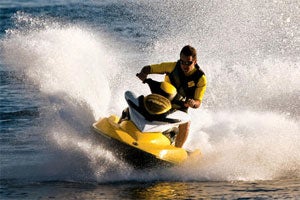 You never know what you’re picking up in the water so flushing your engine regularly gives you a little piece of mind.
You never know what you’re picking up in the water so flushing your engine regularly gives you a little piece of mind.With few exceptions, personal watercraft use the water they’re running in as the source of cooling water for the craft’s engine. That makes flushing after every use a must in saltwater. Don’t flush and you open the door to substantial corrosion of your engine’s cooling passages. Most modern craft have simple flush fittings that allow you to attach a garden hose. Older models can be outfitted with an aftermarket flush kit.
Occasional flushing is a good idea, even if you do your riding exclusively in fresh water. Lakes and rivers have their share of gunk and debris, and sediment can build up and block cooling lines. Flushing purges sediment from the lines and keeps everything running clear, which gives your engine the maximum amount of cooling water it requires.
When flushing, remember to start your engine first, and then start the flow of water. When finished, shut off the water first, followed by your engine about 5-10 seconds later. This prevents water from running backwards through the lines and entering the cylinders. Fail to remember this crucial step and you may wind up flooding the cylinders with water, and hydro-locking the engine.
Check Your Engine
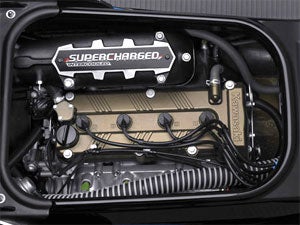 You don’t have to be a certified mechanic to be able to check your oil and make sure all your clamps are tight.
You don’t have to be a certified mechanic to be able to check your oil and make sure all your clamps are tight.Modern PWC aren’t always the easiest for the weekend mechanic to service. You can, however, keep an eye on a number of obvious items to ward off problems before they happen.
One example is to check your hose clamps to make sure they’re tight. Don’t over-tighten an already snug clamp, but check for any obvious looseness and secure things before an exhaust hose slips off or a fuel line begins to drip. Check all clamps periodically to catch any problems before they develop further. (Looking for problems? Check the bilge. It’s where you’ll see leaking fuel or oil, exhaust residue, even splattered cooling water.)
On today’s modern four-strokes, it’s also essential to check the oil, just as you would do in your car. Kawasaki, Sea-Doo, and Honda all recommend starting the boat first and running the engine for 15 seconds before shutting down. Yamaha allows oil to be checked on a cold engine. Locate the dipstick; pull it all the way out and wipe it clean. Reinsert the dipstick, wait a moment, then carefully remove it again. Note the oil level. It should be within the proper range designated on the stick. Take care if it’s necessary to add oil. Do it slowly and in small increments to avoid overfilling.
Wash, Wax, and Cover
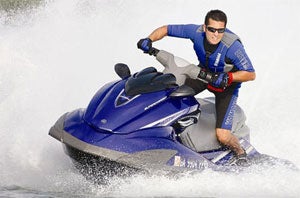 To keep your PWC looking its best, a pre-season wax goes a long way.
To keep your PWC looking its best, a pre-season wax goes a long way.Crucial steps, no, but important ones if you want your craft to maintain its shiny finish through the harsh summer months.
Wash your craft at the start of the season, and then apply a good coat of wax. This will ward off much of the harsh UV rays you’ll subject your PWC to for the next few months and keep it looking new. Your vinyl seat also needs attention. Use a quality vinyl protectant to condition the material, but keep in mind some may make the seat rather slippery. (A good hint to keep that hot vinyl cool when your craft is sitting at the beach or waterfront? Put a wet towel over the seat when not in use.)
When not using the craft, cover it up. A form-fitting cover is best, but even a basic tarp will do the trick. A cover not only protects the craft from the sun, it also keeps off dirt, bird droppings, and all the other assorted nastiness out there waiting to sully your ride.
Don’t Forget Your Trailer
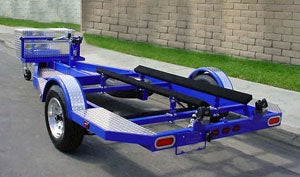 We often ignore our trailers, but if you can’t transport your PWC you won’t be having much fun this summer.
We often ignore our trailers, but if you can’t transport your PWC you won’t be having much fun this summer.While your PWC rarely has to compete for your attention, its trailer is often overlooked. Bad mistake. Neglect your trailer and you’re liable to spend your weekend on the side of the road, rather than on the water.
It goes without saying that your trailer should get a good once-over before the season starts. Beyond that, however, keep an eye on things over the course of the summer. Check tire pressure — it should be kept at the maximum recommended inflation for good mileage, handling, and the least wear and tear. If you live in a brutally sunny climate, like the Southeast or Southwest, consider covering the tires when not in use. This will help prevent the rubber from drying out and cracking. A good protectant, like 303, will add protection to the rubber.
Occasionally check bolts and nuts to make sure things are tight. Bunk boards also require occasional inspection. Trailer lights are also a frequent source of frustration. Check them before you pull out of the driveway. When it comes time to replace, consider LEDs, which last far longer and are sealed against water intrusion.
When your craft is on the trailer use tie-downs at the stern. PWC are light, and a good bump on the highway can bounce the stern loose. Always lock your craft to the trailer with a cable lock, and lock the trailer tongue to prevent an easy drive-away theft when stored. Likewise, lock the trailer onto the hitch call when you’re on the road.
Get PersonalWatercraft.com in your Inbox!
Like PersonalWatercraft.com on Facebook
Comments
Most Popular

2025 Yamaha JetBlaster PRO 2-Up Review

Remembering the Sea-Doo XP

2024 Kawasaki Jet Ski STX 160X Review

Whatever Happened to the Wetbike?

2025 Yamaha JetBlaster Review






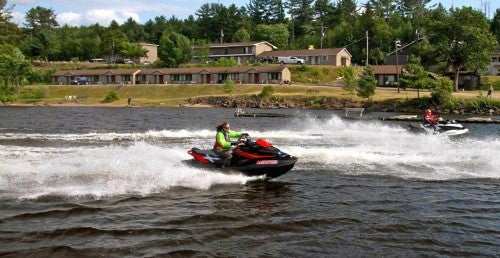






 Your Privacy Choices
Your Privacy Choices